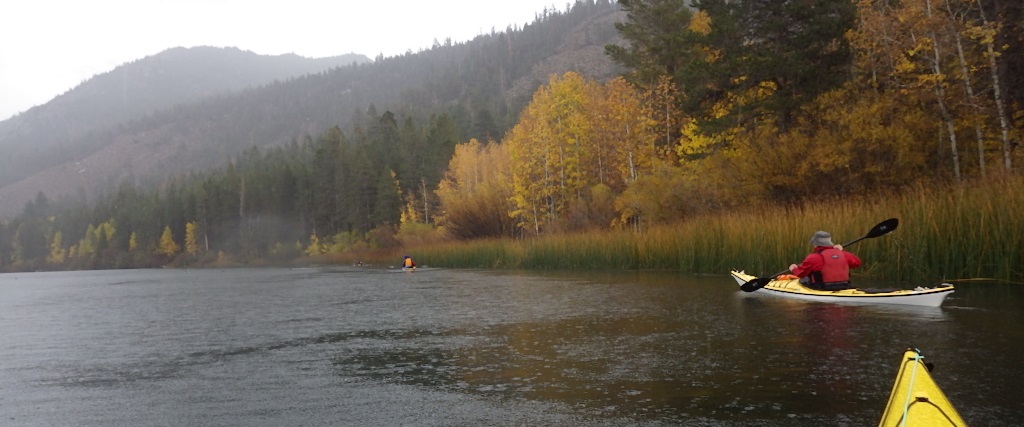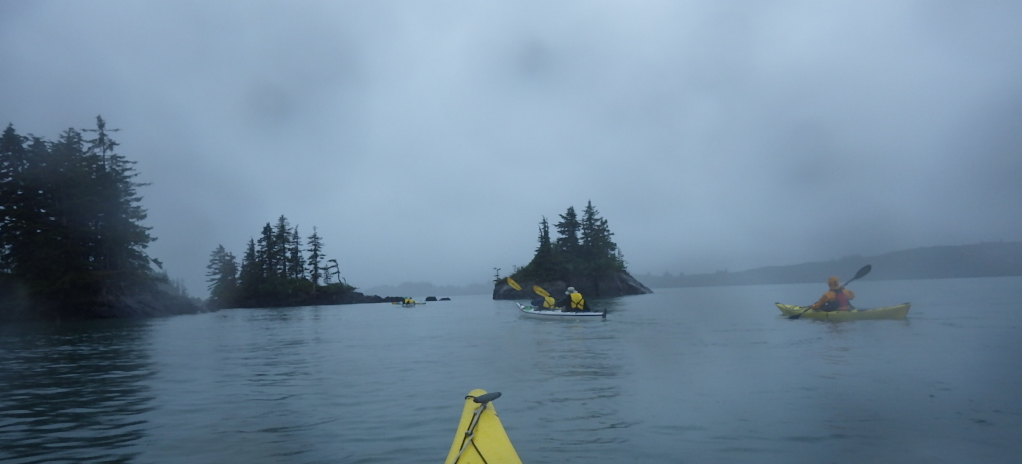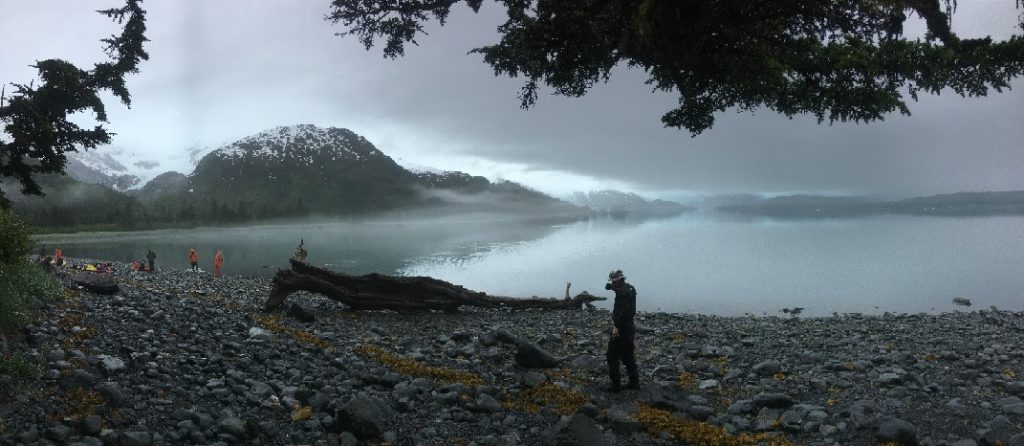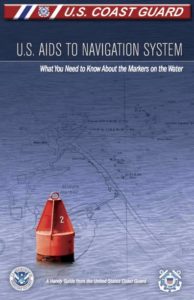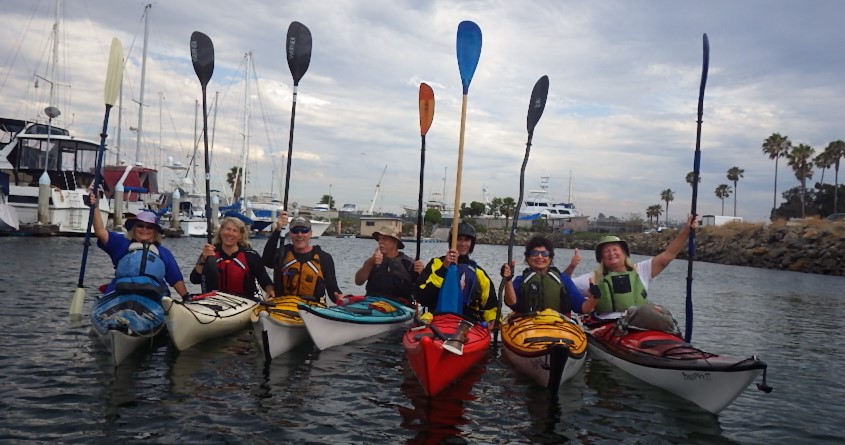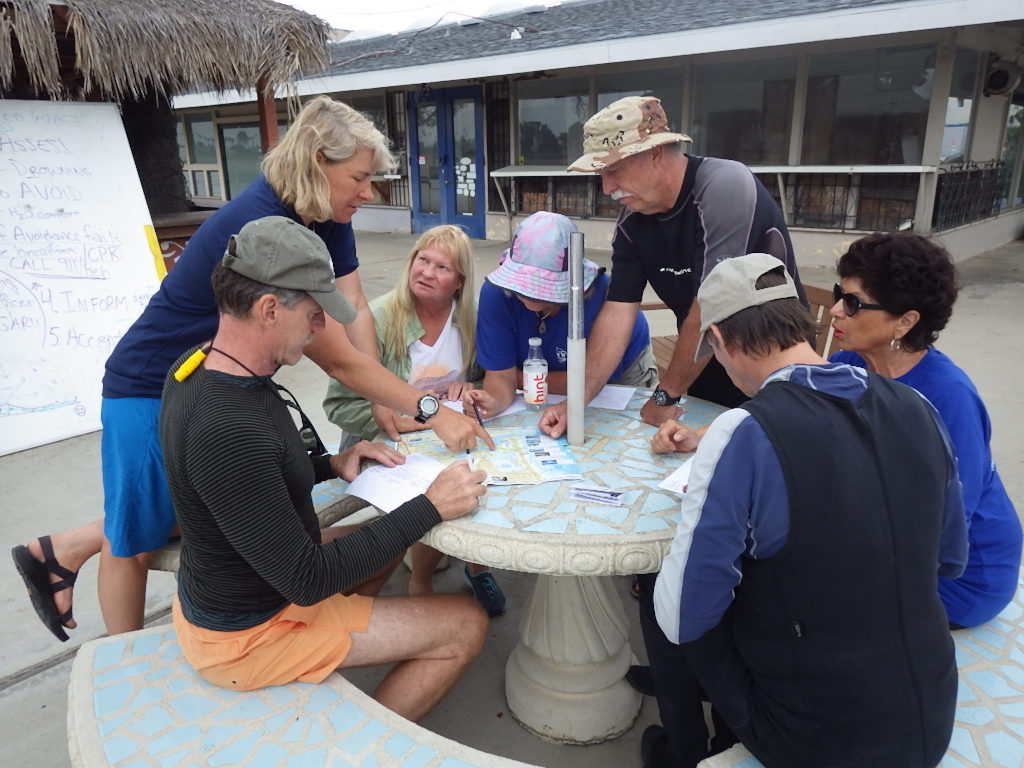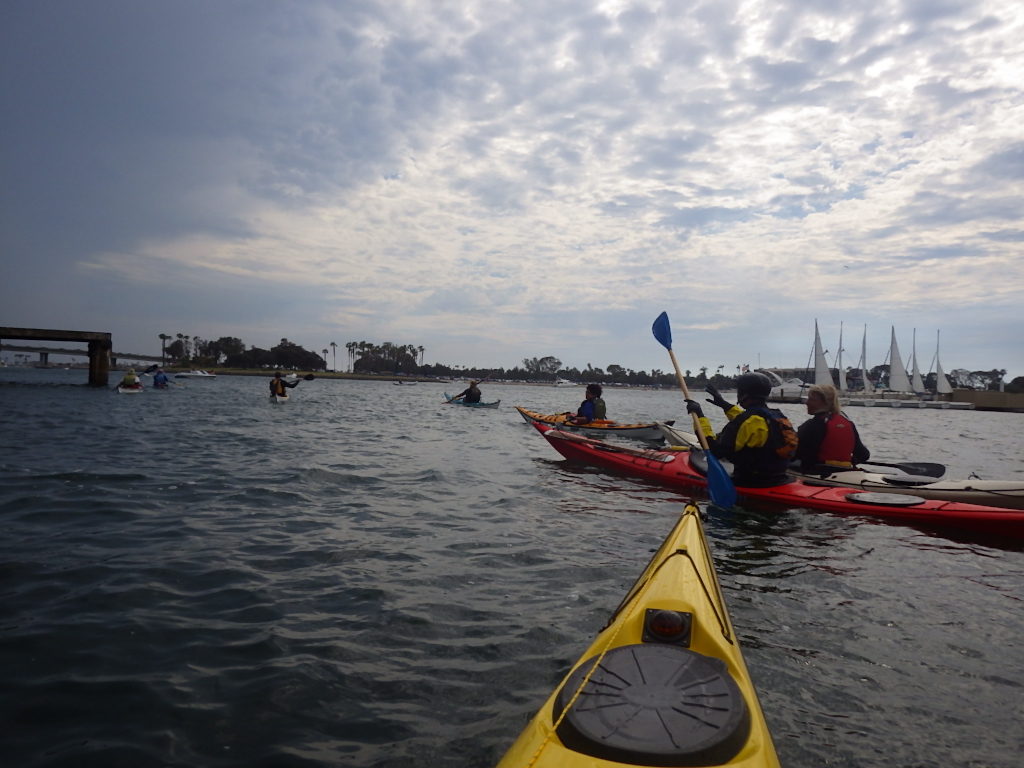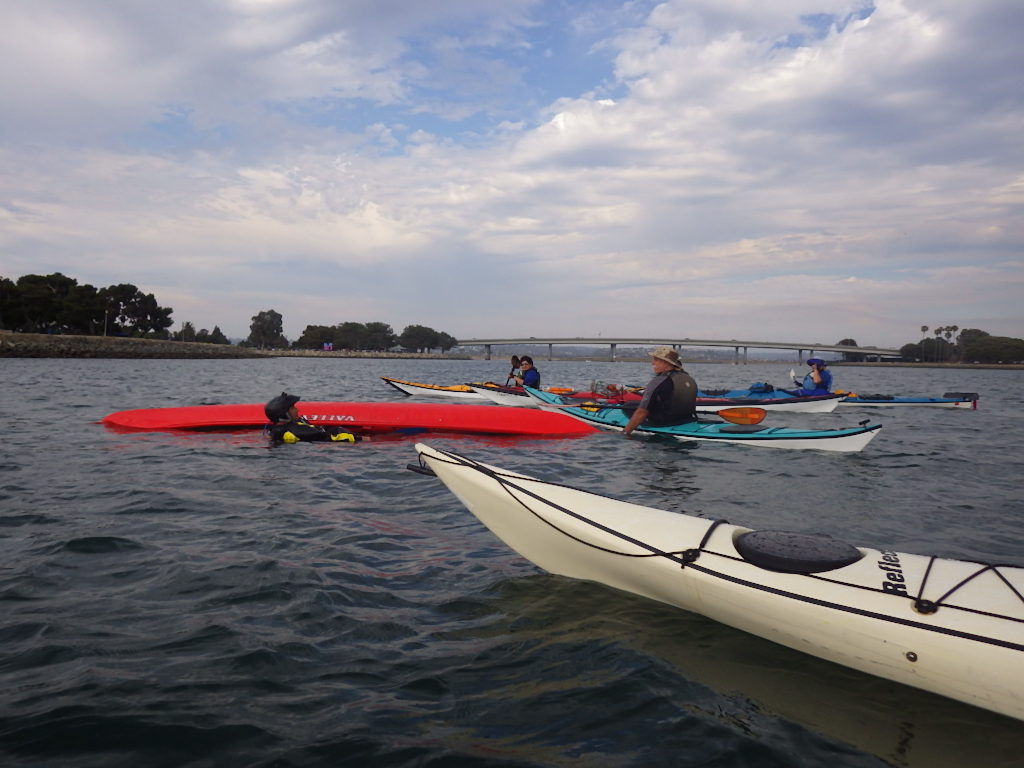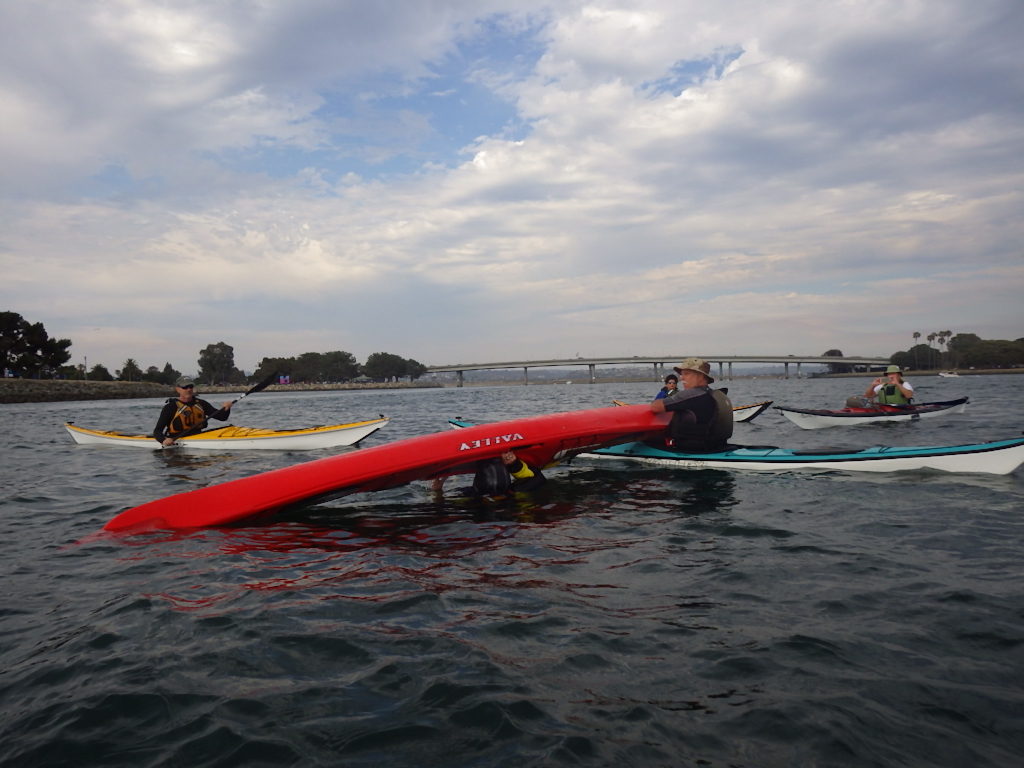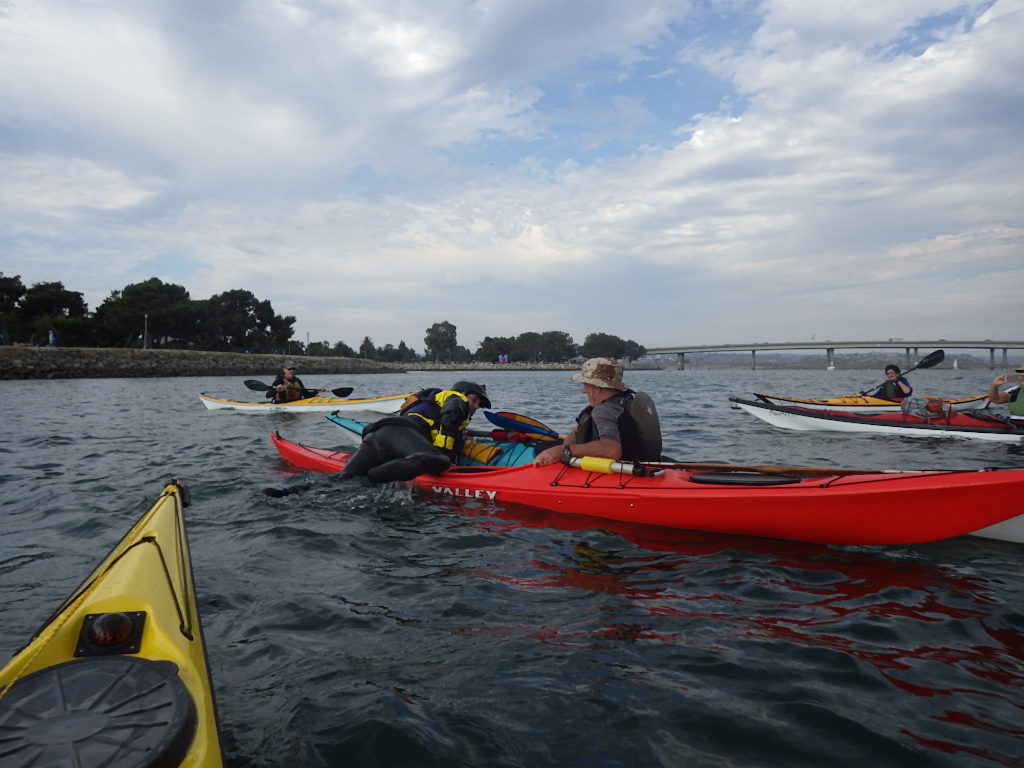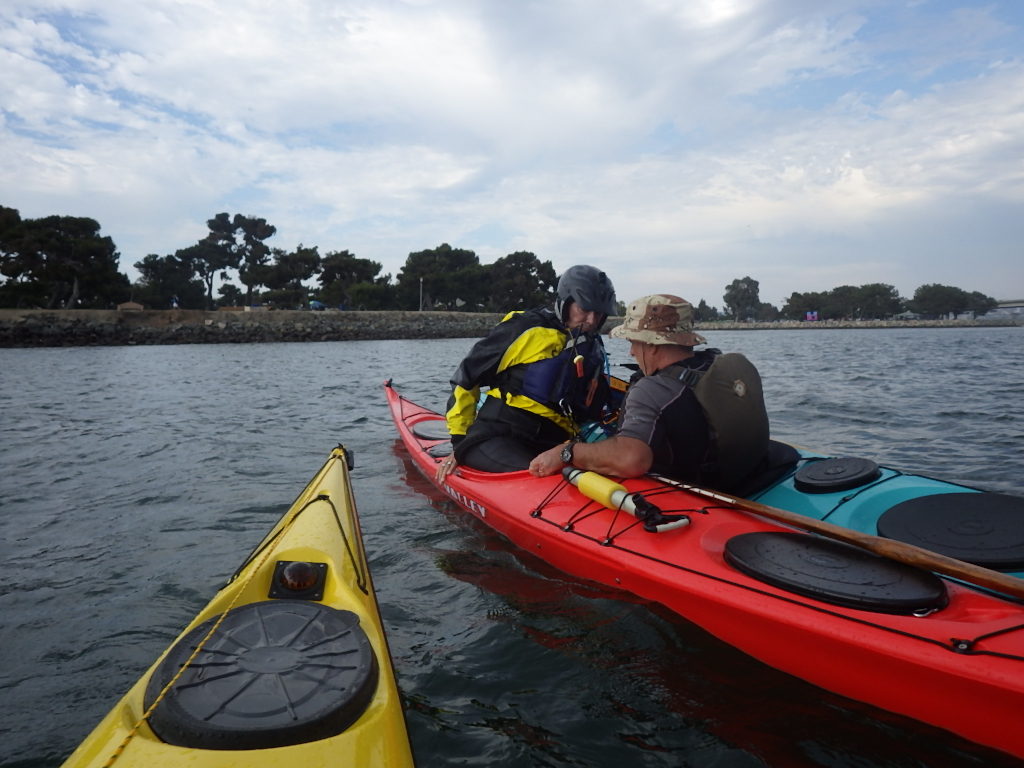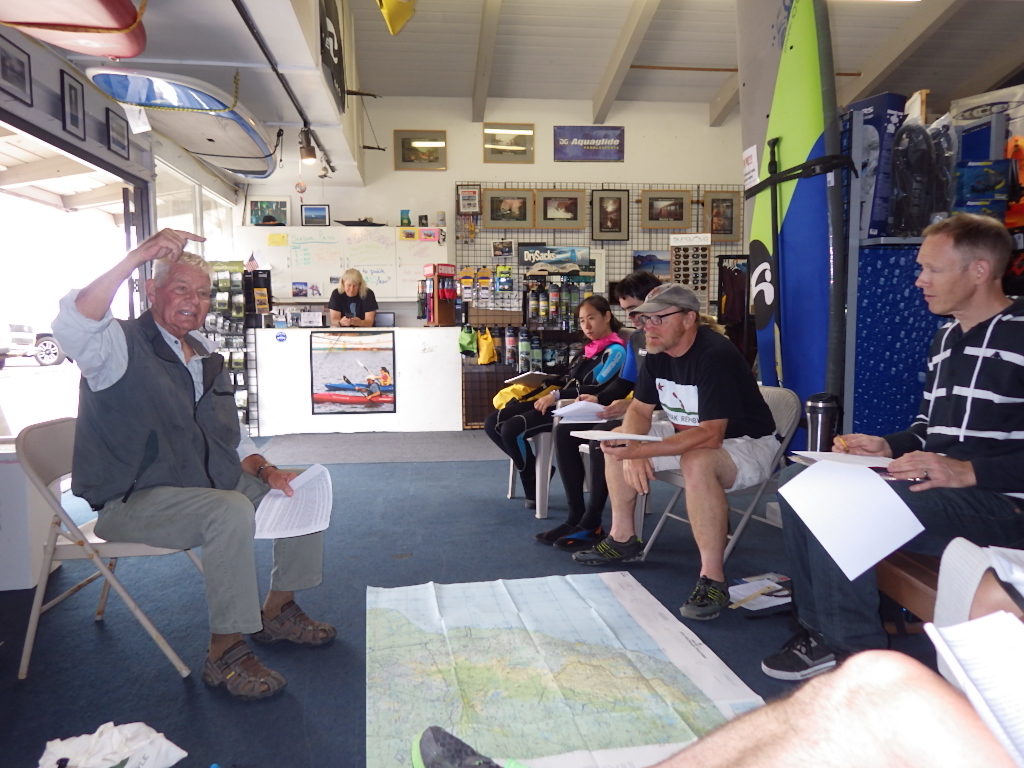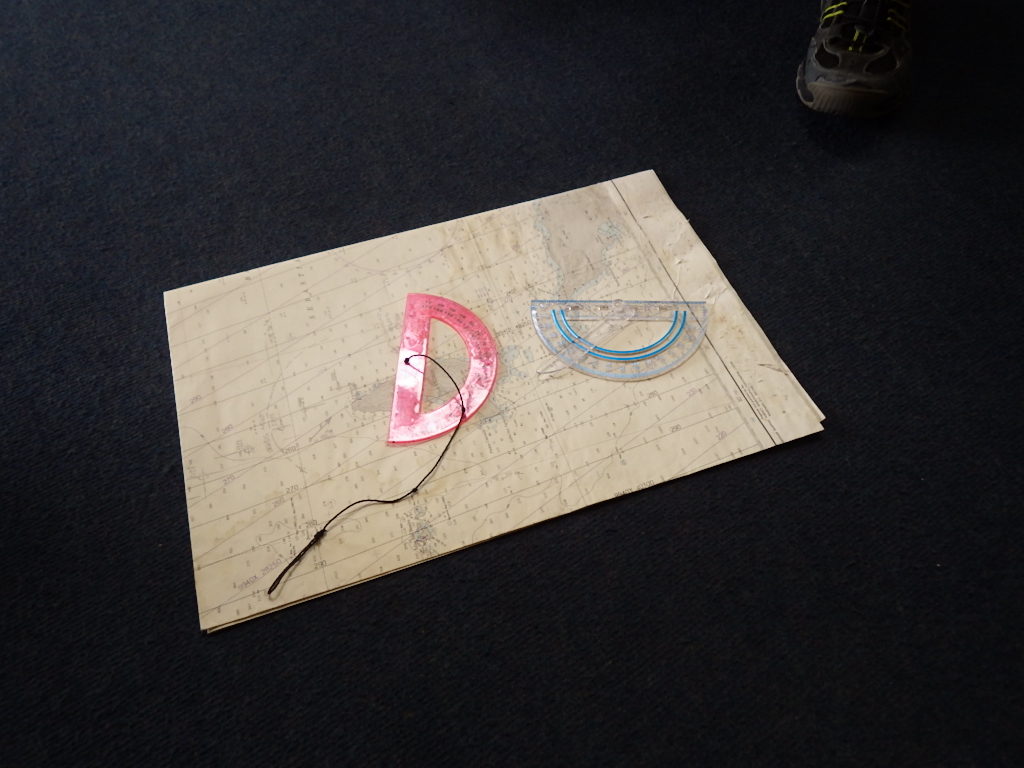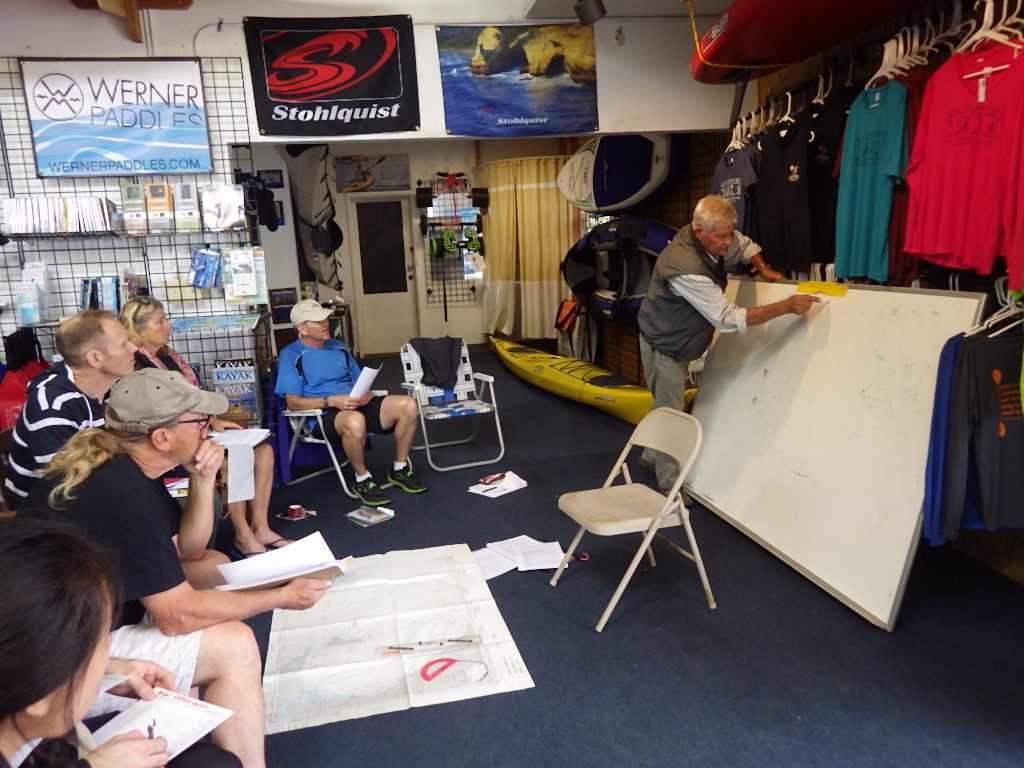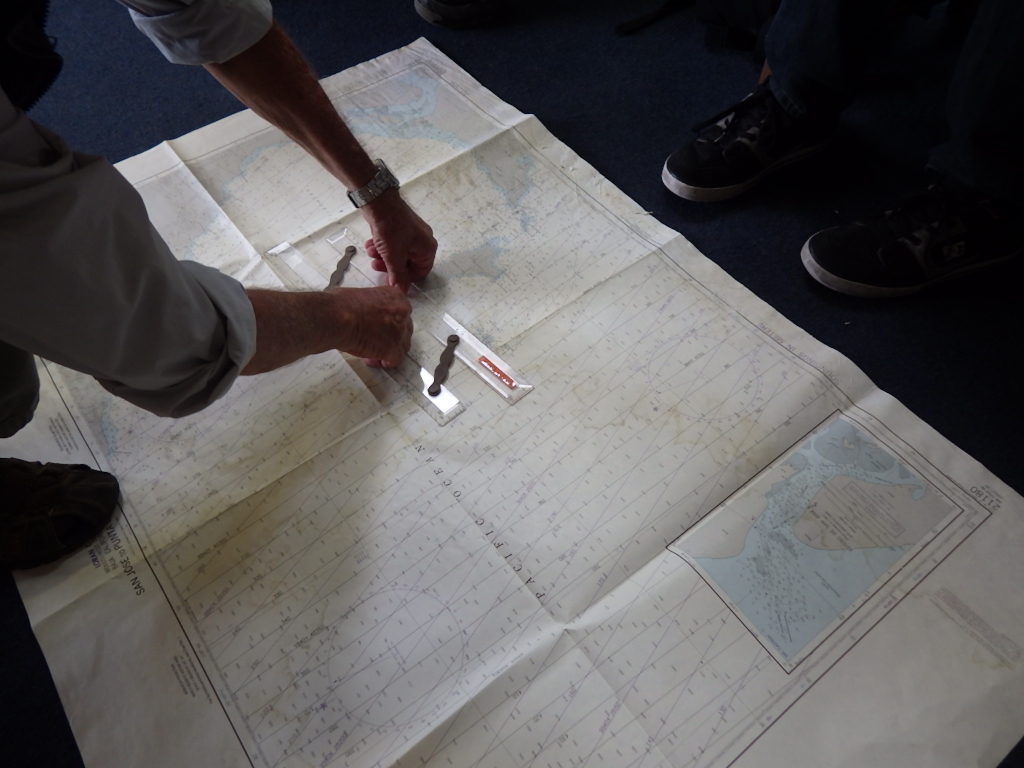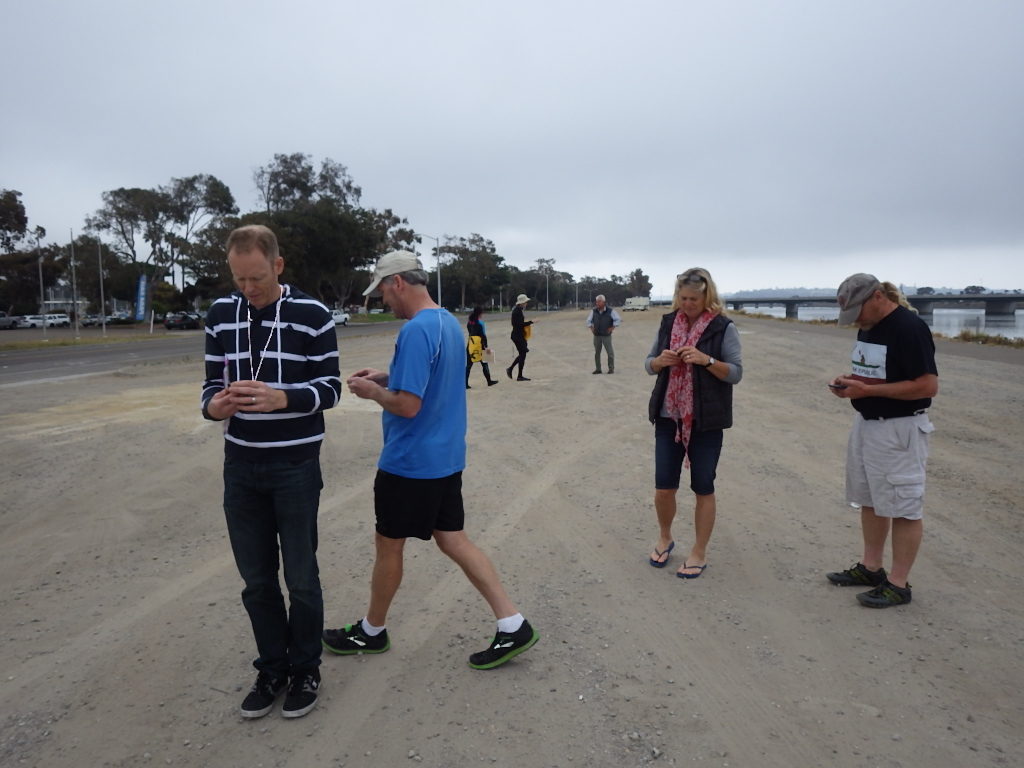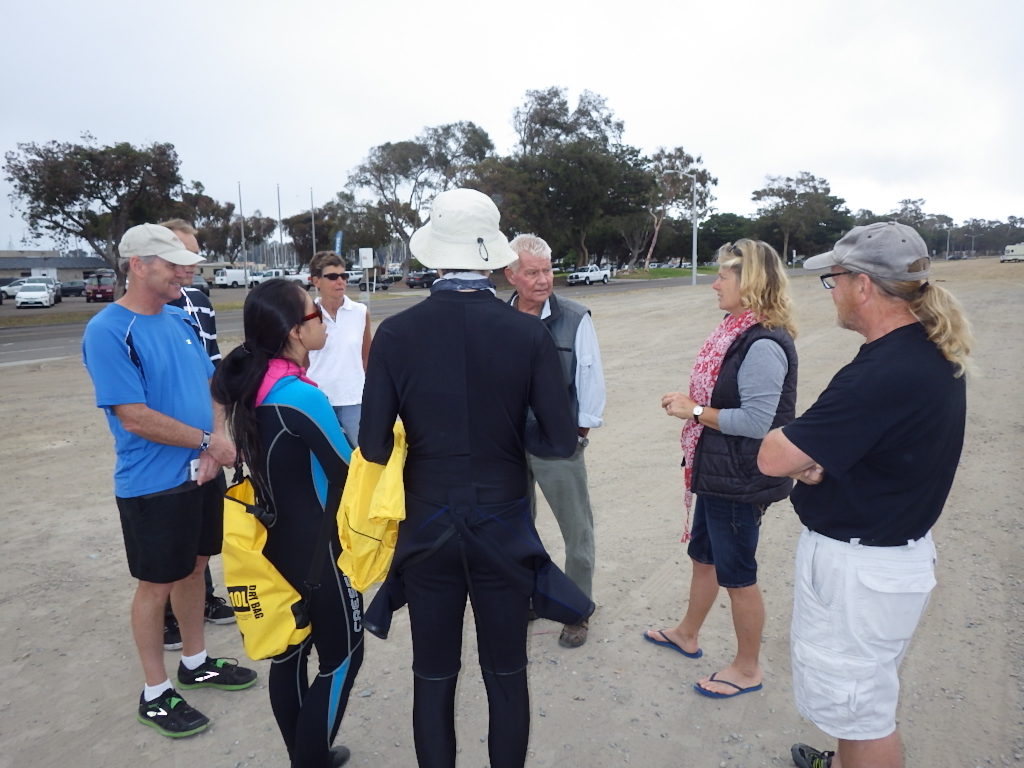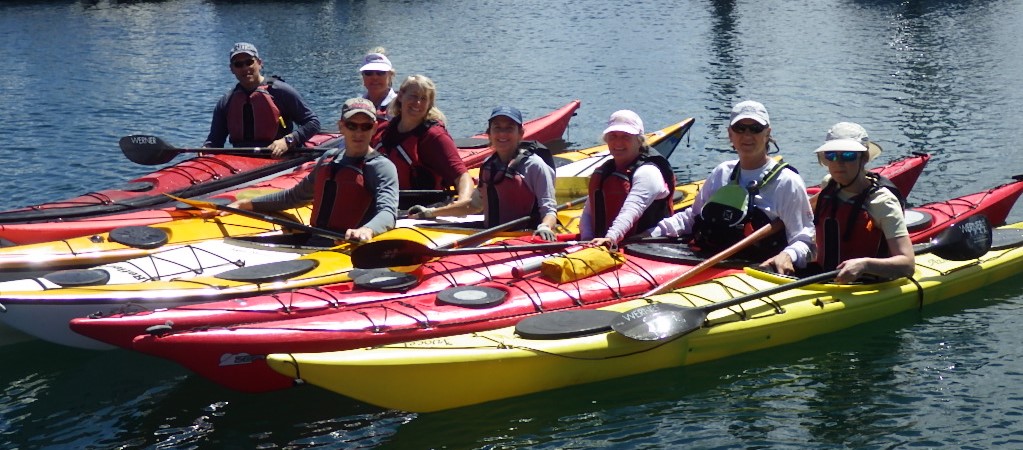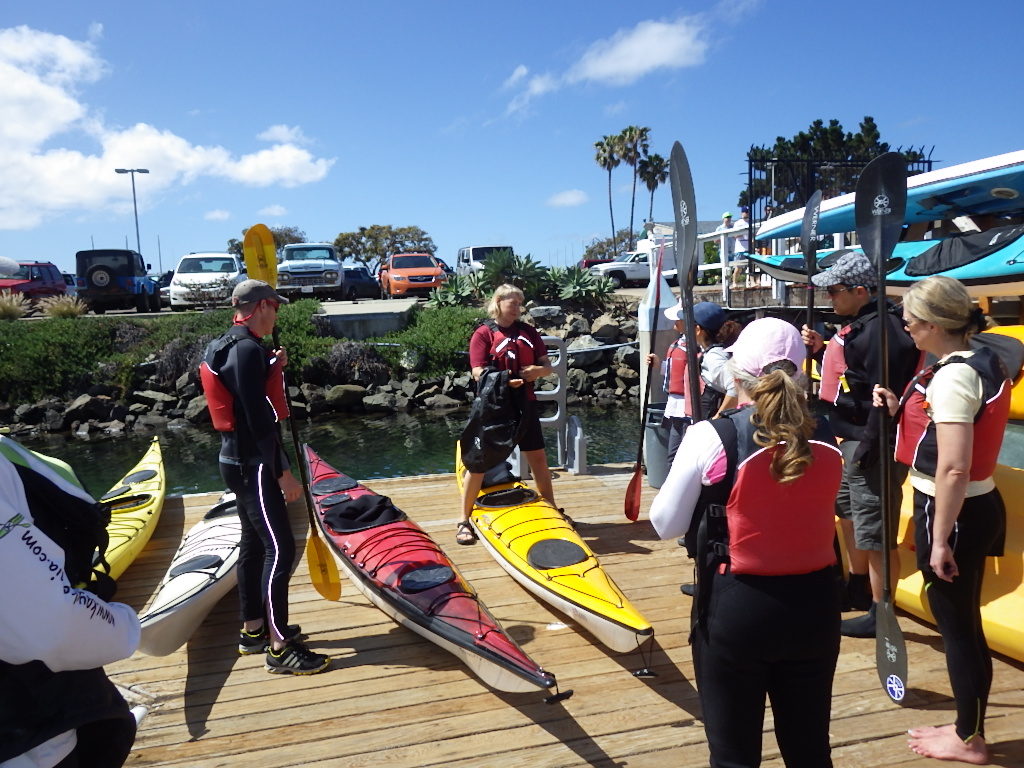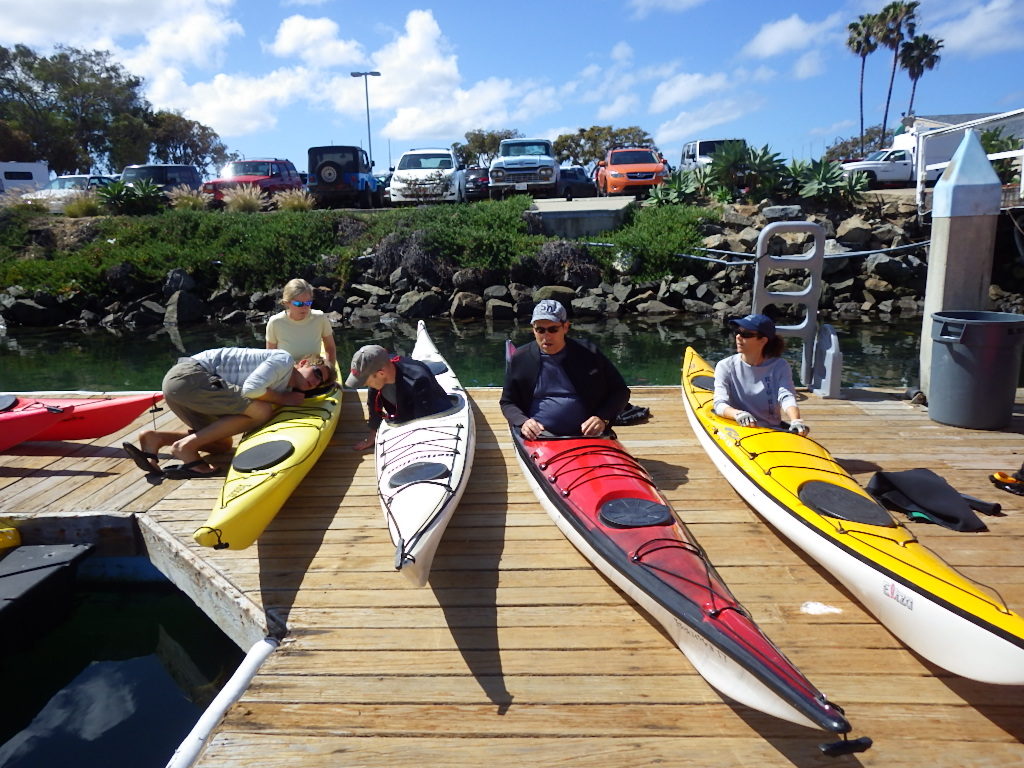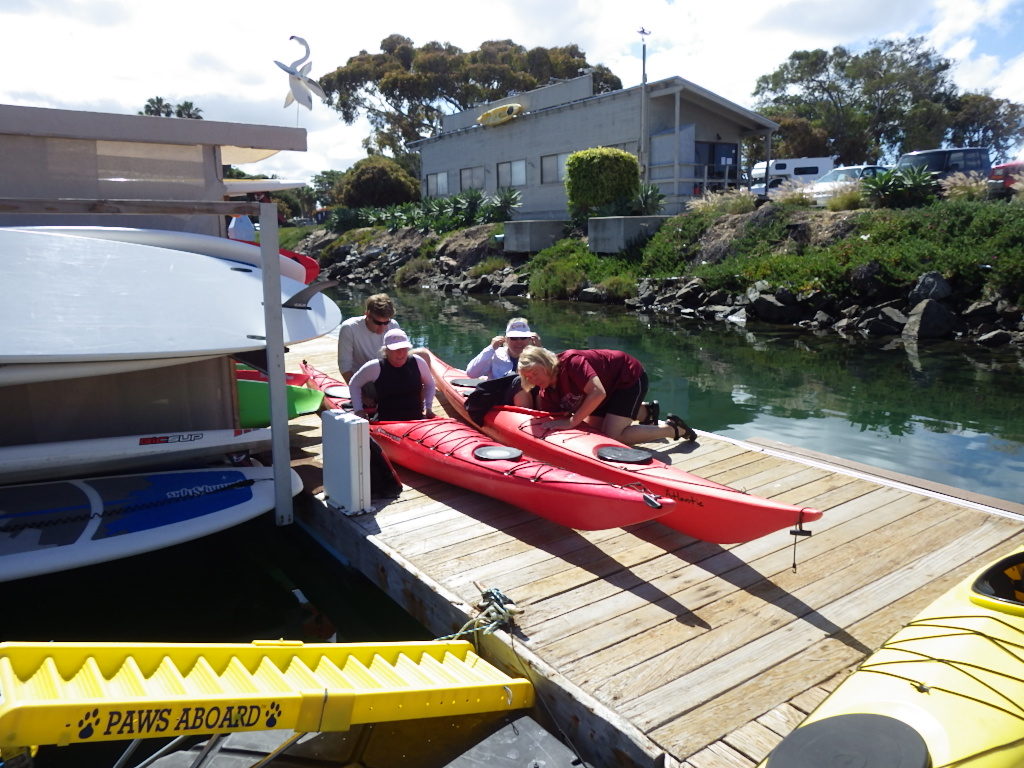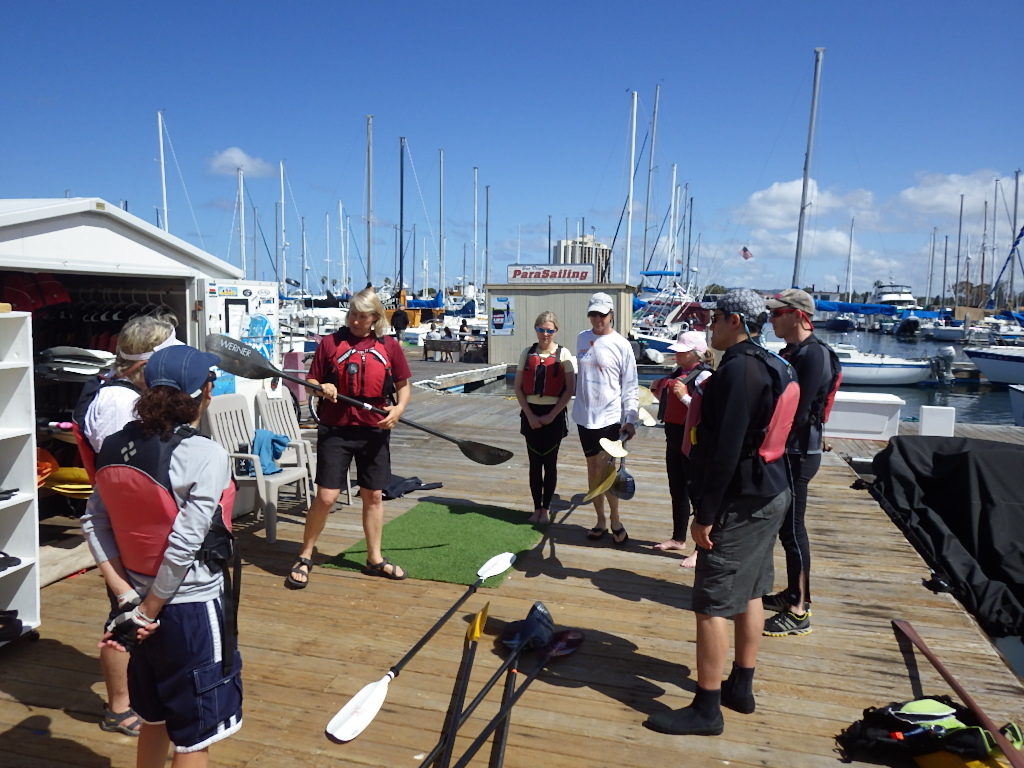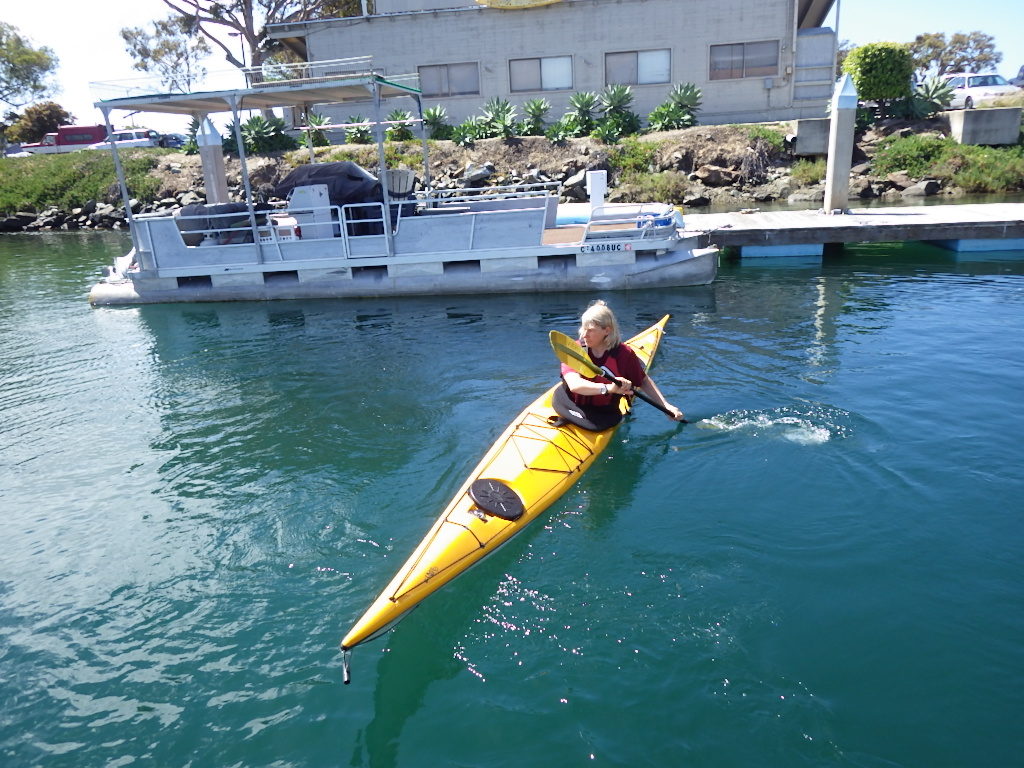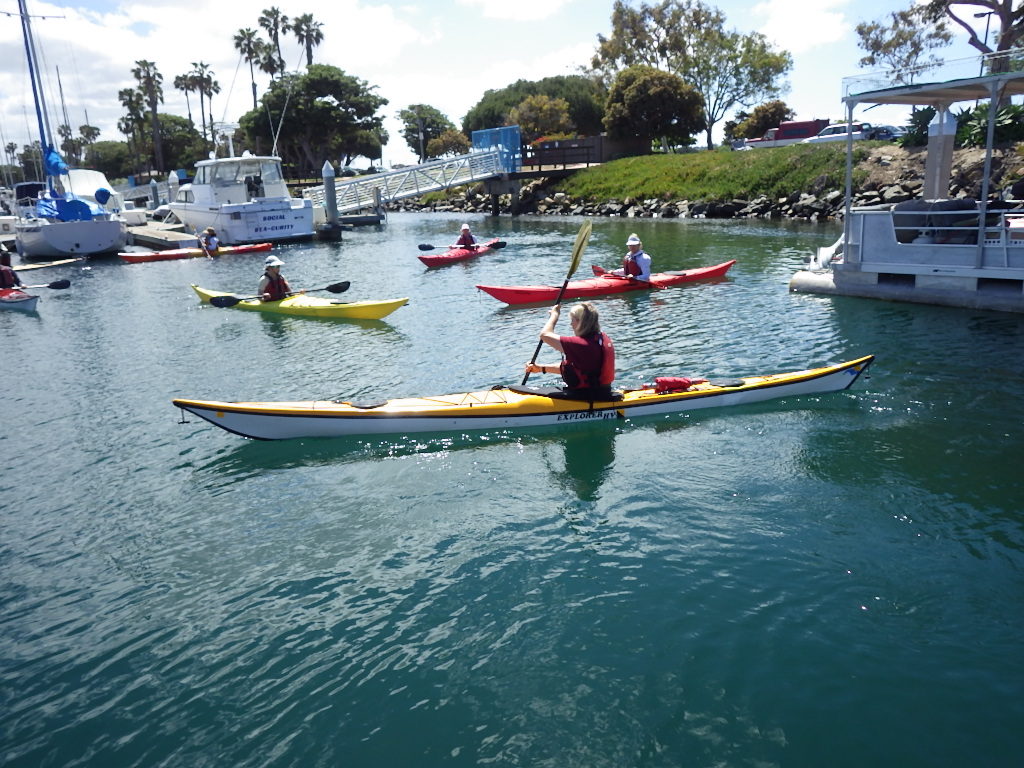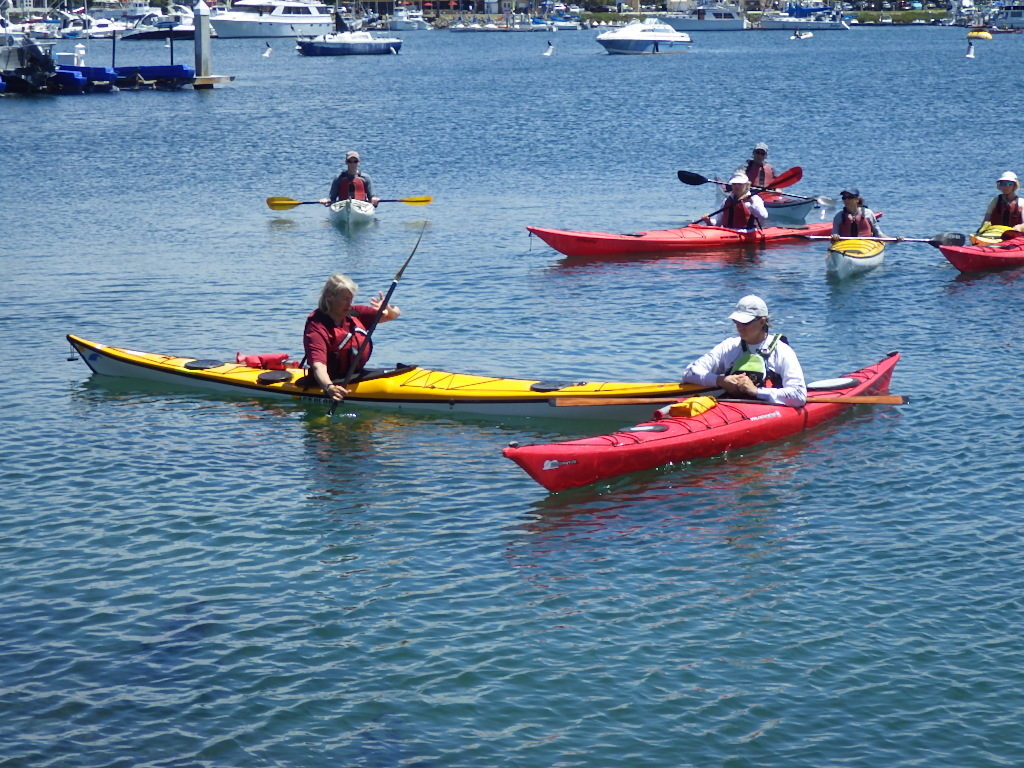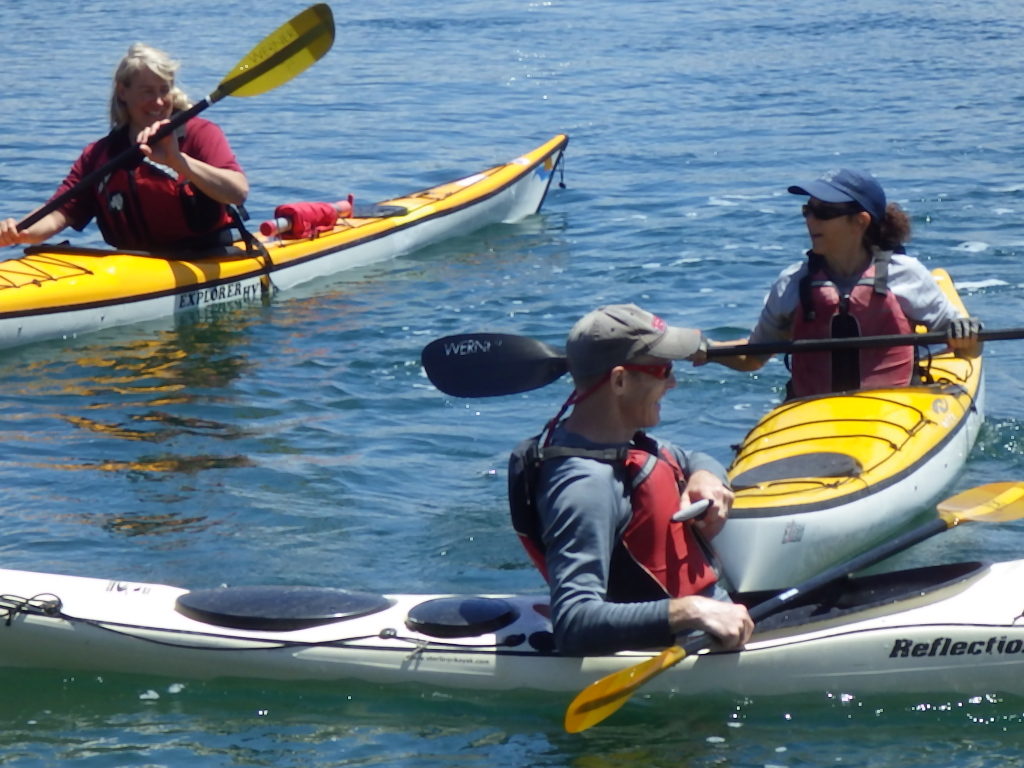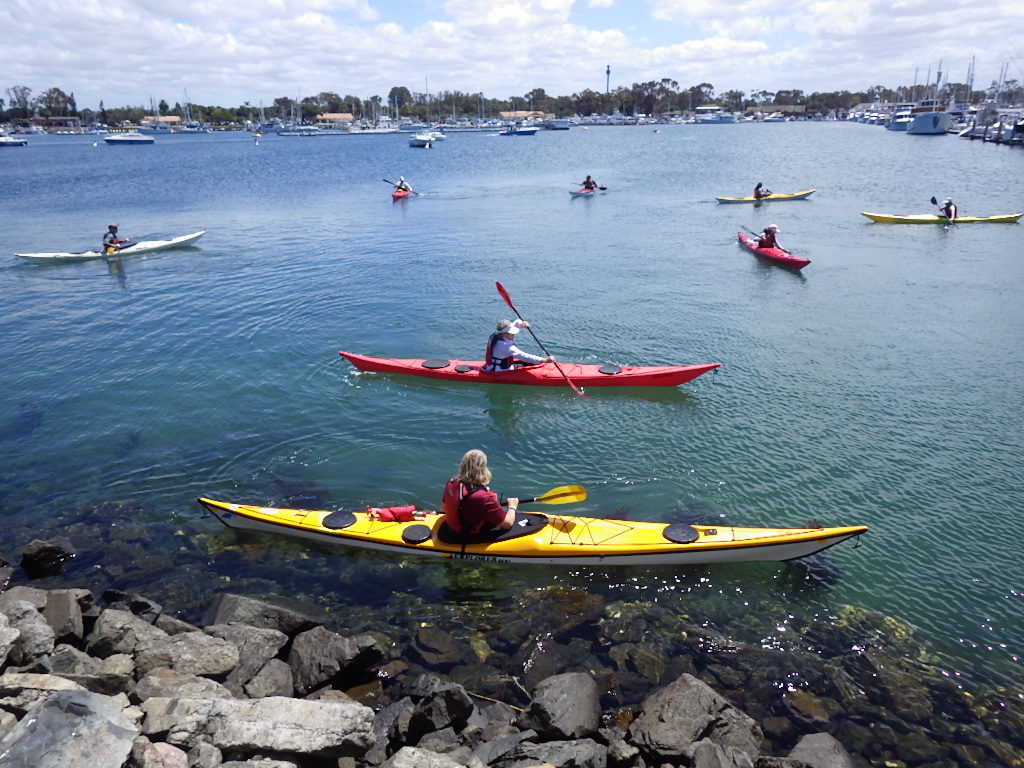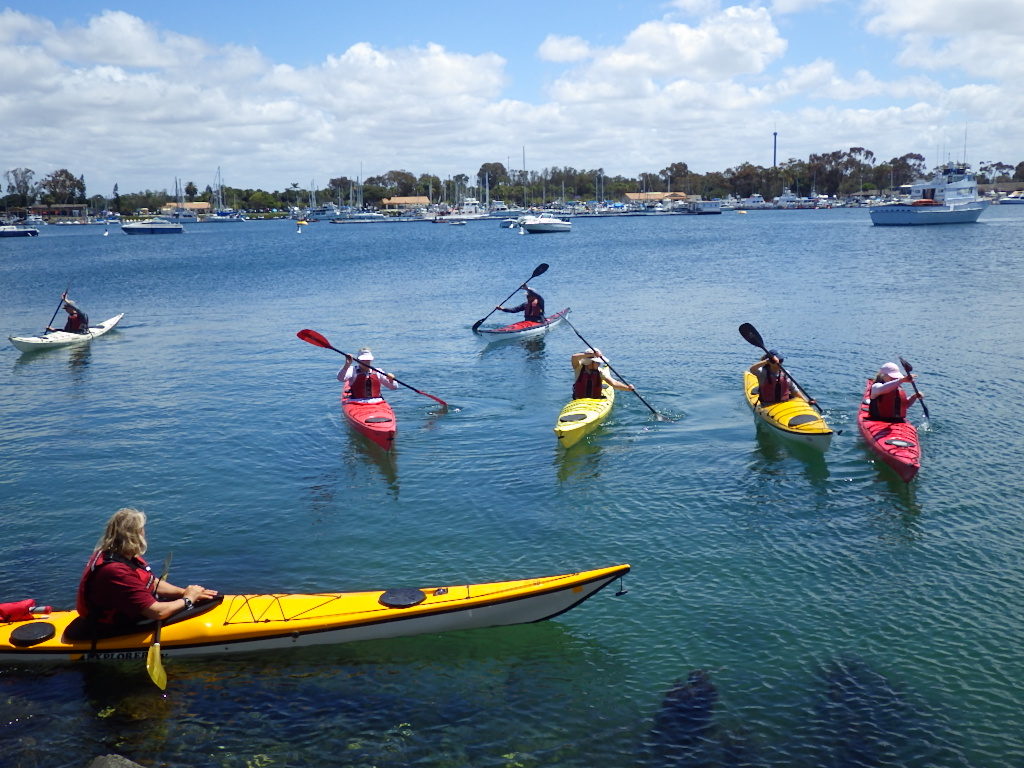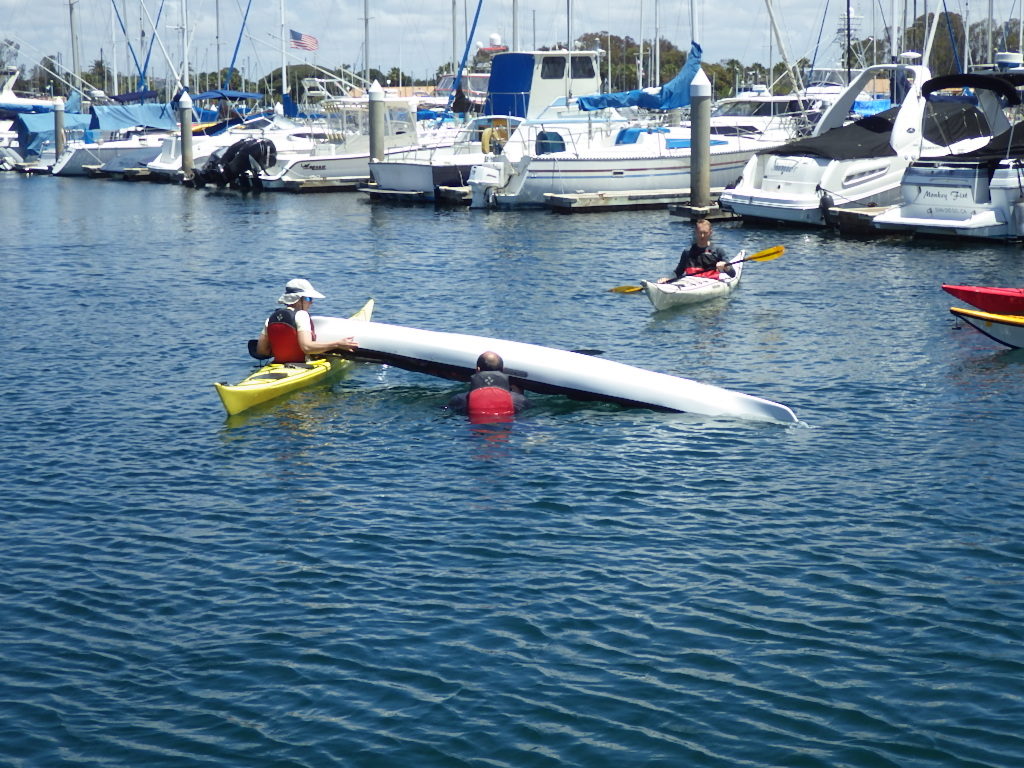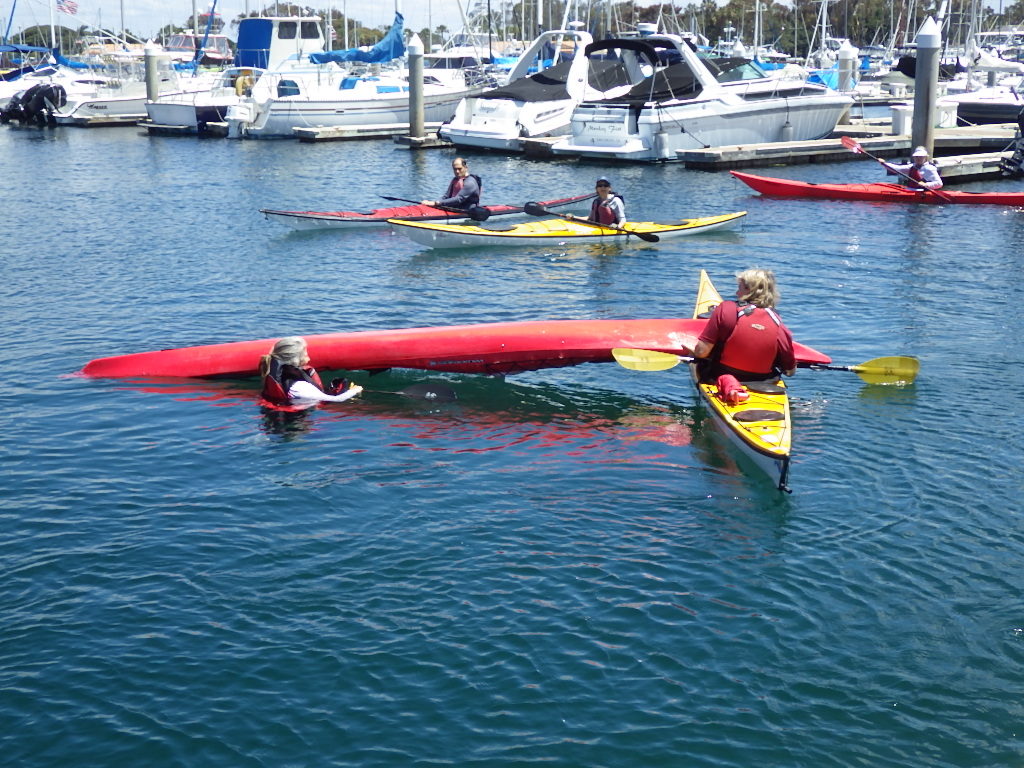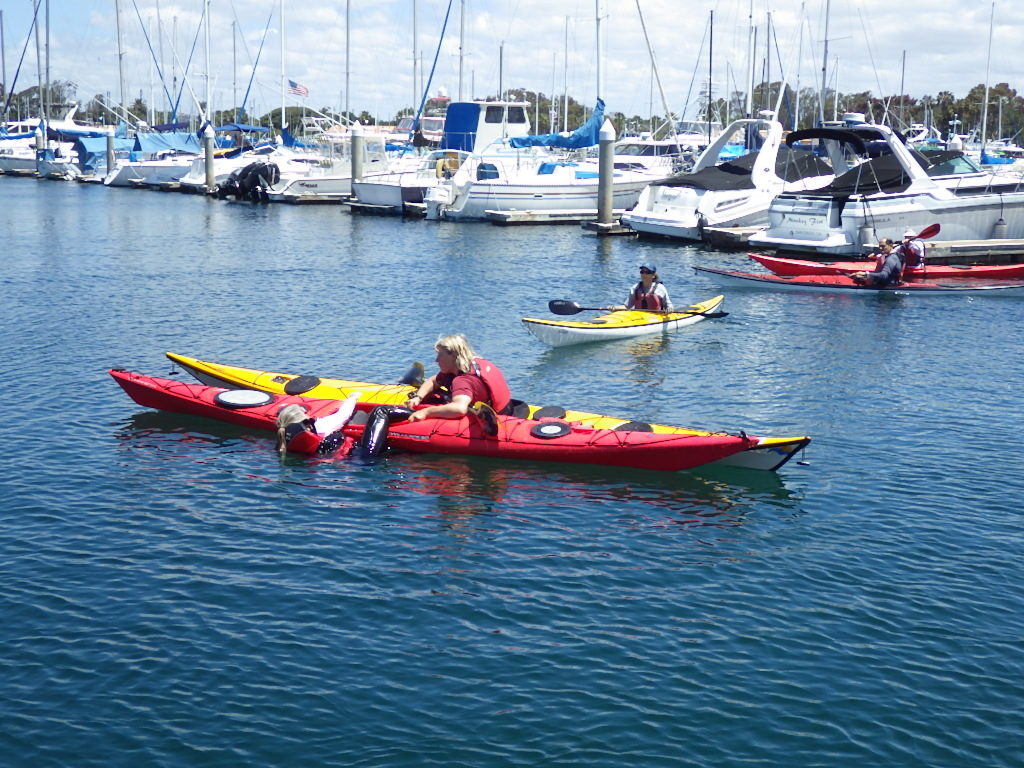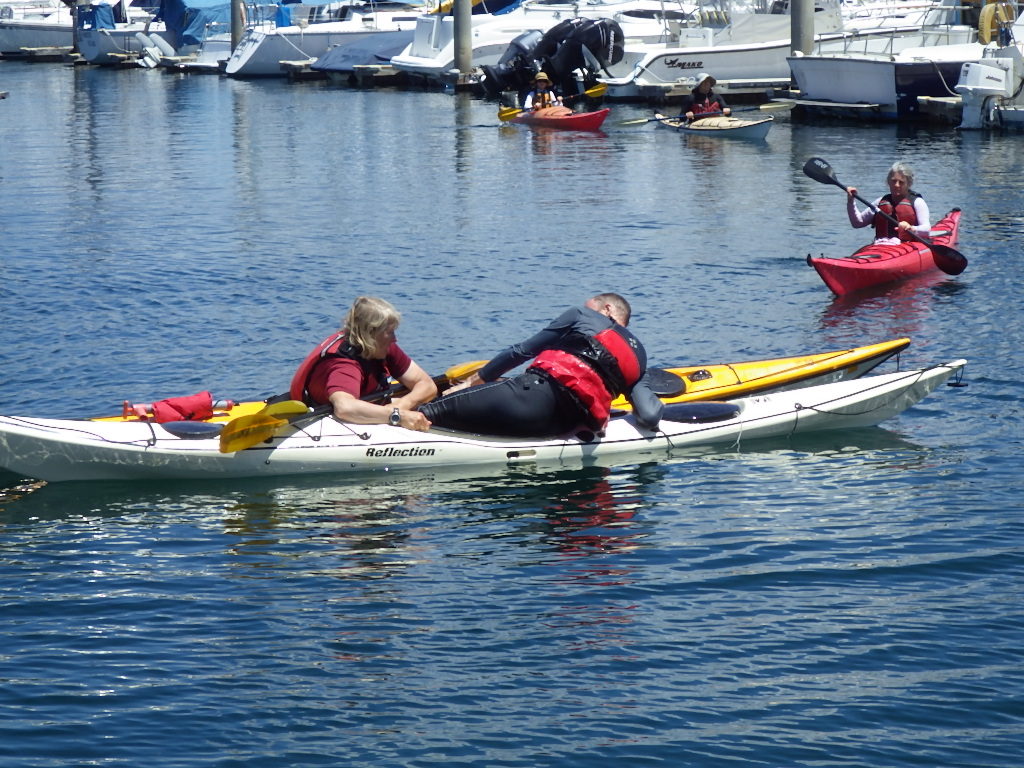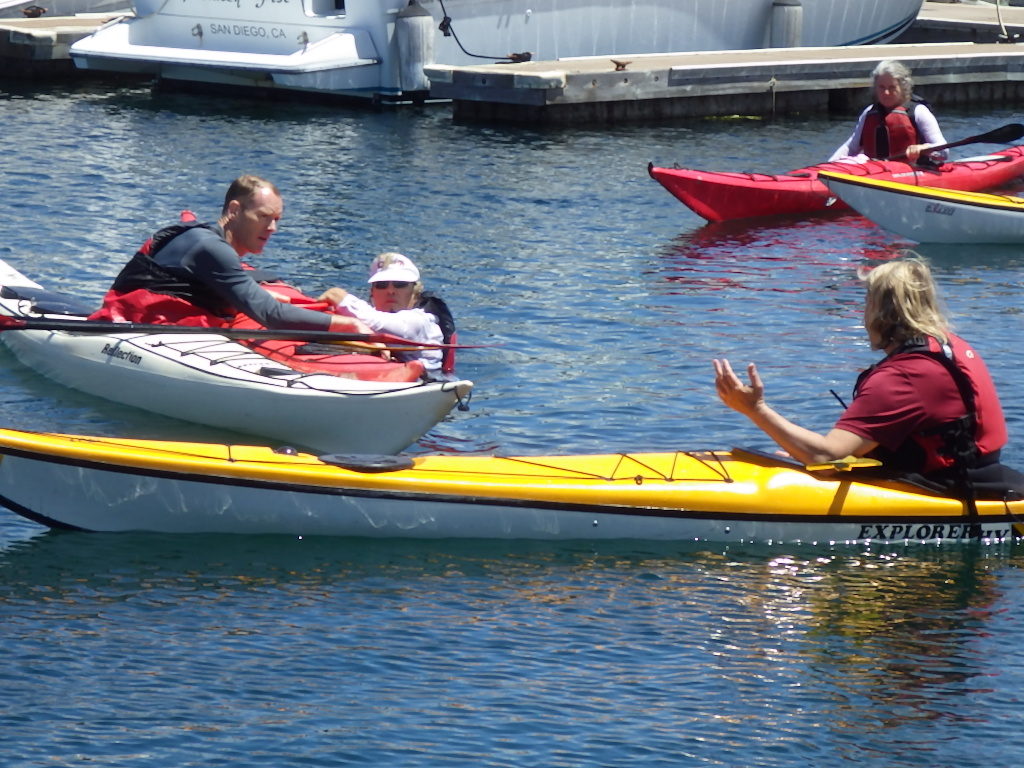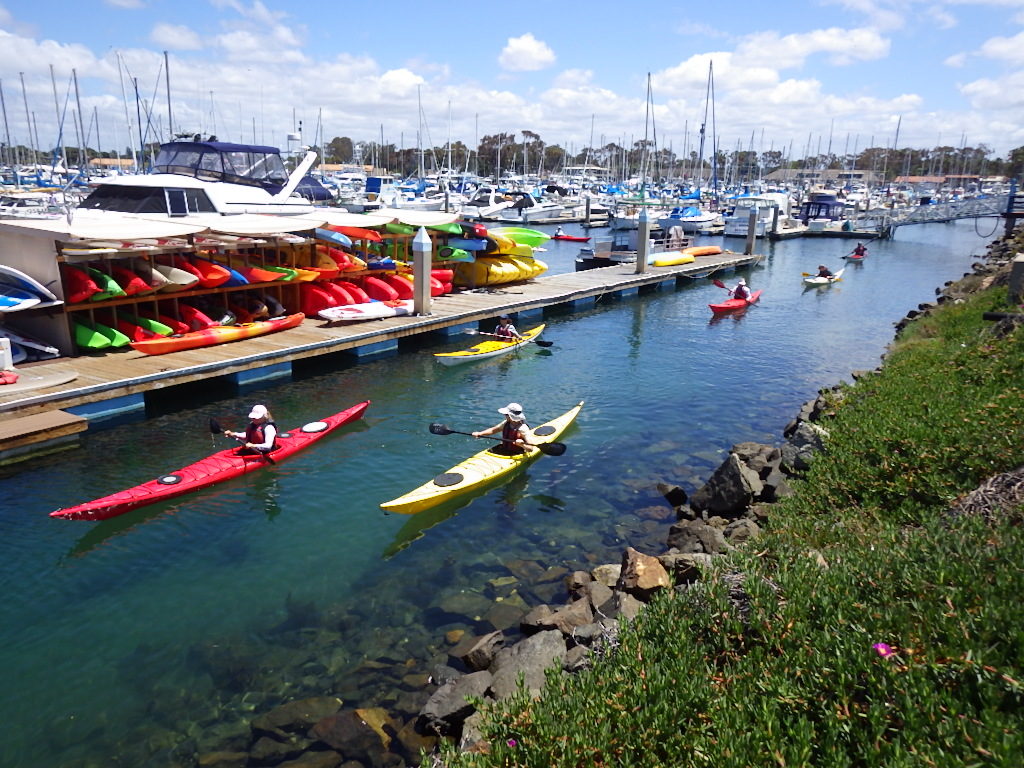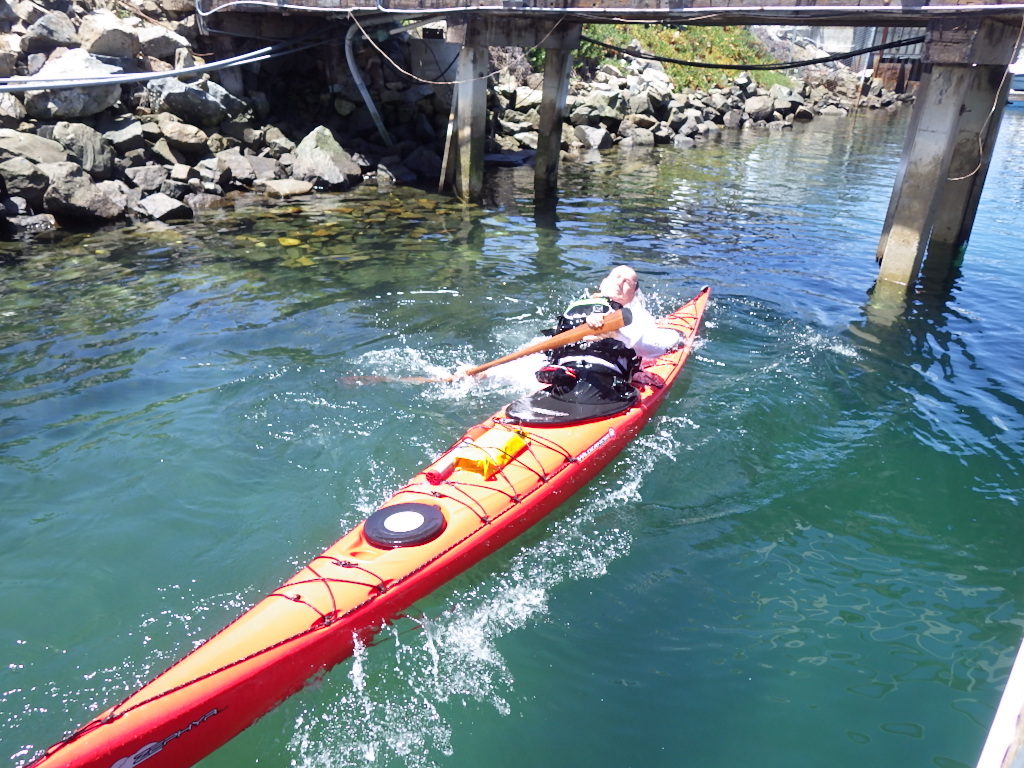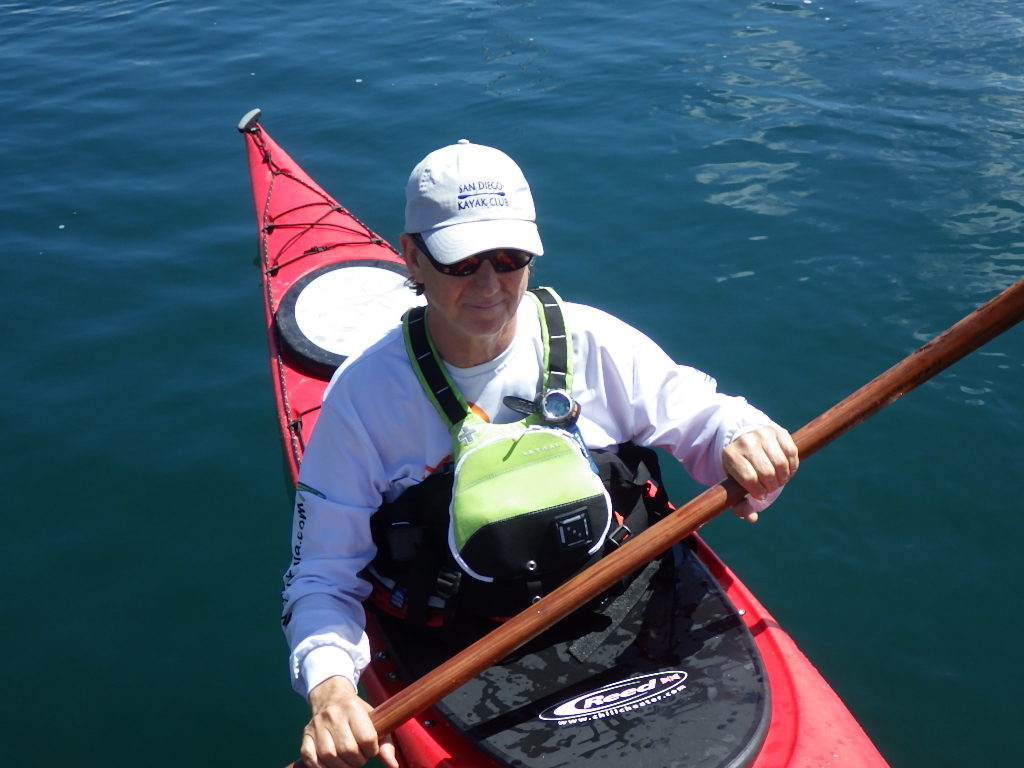-by Jay Murdock, SDKC Safety Editor
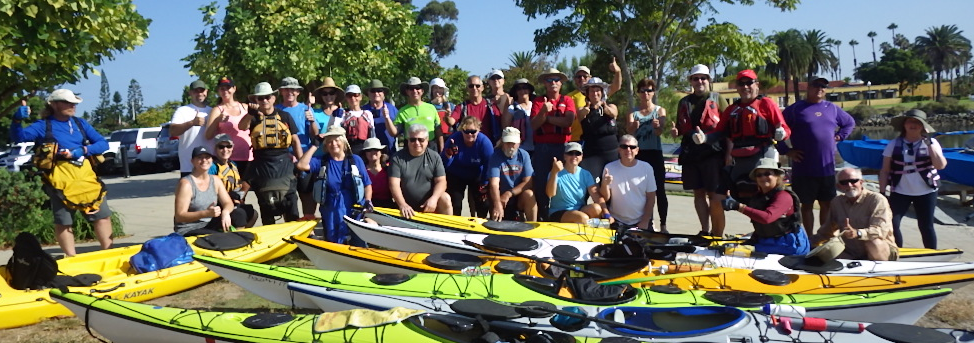
Over the past year some people have expressed concern to me about participating in paddling and other outdoor sports, and especially going to indoor social events. We are hearing different, and often conflicting advise on how to keep ourselves healthy, and a lot of it is unfortunately political in nature. From the start of the Covid-19 spread, I was determined to find truth in what works to help me from getting sick, and how to continually stay healthy. I also decided not to let undo fear control my thinking and my life. The right kind of fear– having a healthy respect for things to avoid — is part of our nature, placed there to keep us safe. We are blessed with incredible bodies having amazing immune systems… we are “fearfully and wonderfully made” and have the ability to learn what is best for us.
As an appraiser, I’m trained to weed out false information from the data. When you have opposing claims to the “facts”, by examining each for flaws in consistency, and errors, you can eliminate the implausible, and arrive at a point that makes sense. You then apply comparative analysis in order to form an opinion that correlates with reality…the truth. Using those tools for staying healthy, I have recently researched (because “science” changes and evolves over time) primary data (not someone’s article or interpretation about that data) to get answers. It takes considerable time to search deeper for truthful information, but your health and safety are worth it. The key is to find sources that do not have a political axe to grind, that publish original clinical research that has been peer-reviewed. The following information is based on several articles published in 2020 and 2021. The pertinent sources are referenced at the end of this article.
Therapeutics for Covid-19
Given the facts that the Covid virus can morph into different variants, that face masks cannot effectively stop the virus (even the N-95 mask, which filters 95% at .3 microns can leak, or the virus can even enter the body through the surface of the eye), that vaccines can lose potency over time, our best defense is to bolster the body’s ability to prevent the virus from replicating inside us. The following is what works for me. You want to decide for yourself, and/or consult with your doctor to see what you should do.
The American Journal of Medicine, January 2021 issue states that Zinc is a known inhibitor of coronavirus replication. Clinical trials of zinc lozenges in the common cold have demonstrated modest reductions in the duration and or severity of symptoms. By extension, this readily available nontoxic therapy could be deployed at the first signs of COVID-19. Lost in all the controversy over Hydroxychloroquine is the fact that it simply aids in the body’s ability to absorb zinc, which the Journal goes on to explain.
I take 80 mg of zinc per day, which I get in AREDS 2 by PreserVision. Included also in those supplements are vitamins C, E, along with copper, lutein, and zeaxanthin. Taking these pills for the past 3 years has effectively stopped the progression of AMD in my eyes, and unknowingly, most likely helped to keep me from contracting Covid. You may consider taking them even if you do not have AMD if you are over 40, in addition to other supplements. They contain essentials for a strong immune system and eye health.
Updated on 2/13/2022:
I also take 10,000 IU of vitamin D3, which has been found to benefit the body’s immune system. This vitamin, magnesium, and zinc may be the most important therapeutics to take daily to strengthen your body against the virus. Copper and vitamin C have also been linked to cellular health and may be helpful in preventing a virus infection. A baby aspirin a day helps fight inflammation, which the Covid virus brings on. Vitamin K2 helps the body safely use the large dosage of D3, and recent news says that antihistamines may be effective in treating Postacute Sequelae of SARS-CoV-2 infection (“long COVID”).
In summary, it is up to each of us to take charge of our health, so we can be active and fully participate in life and experience the joy of relationships.
Supporting Primary Data:
Vitamin D and Its Potential Benefit for the COVID-19 Pandemic – PubMed (nih.gov)
Ophthalmic Manifestations Of Coronavirus (COVID-19) – StatPearls – NCBI Bookshelf (nih.gov)
Antihistamines for Postacute Sequelae of SARS-CoV-2 Infection – ScienceDirect
Vitamin K2 D3 Supplements – Benefits & Side Effects – eNutrition
Note: While the article on masks is an opinion piece, the primary clinical research is presented as the foundation for those opinions, for you to read and decide for yourself.

